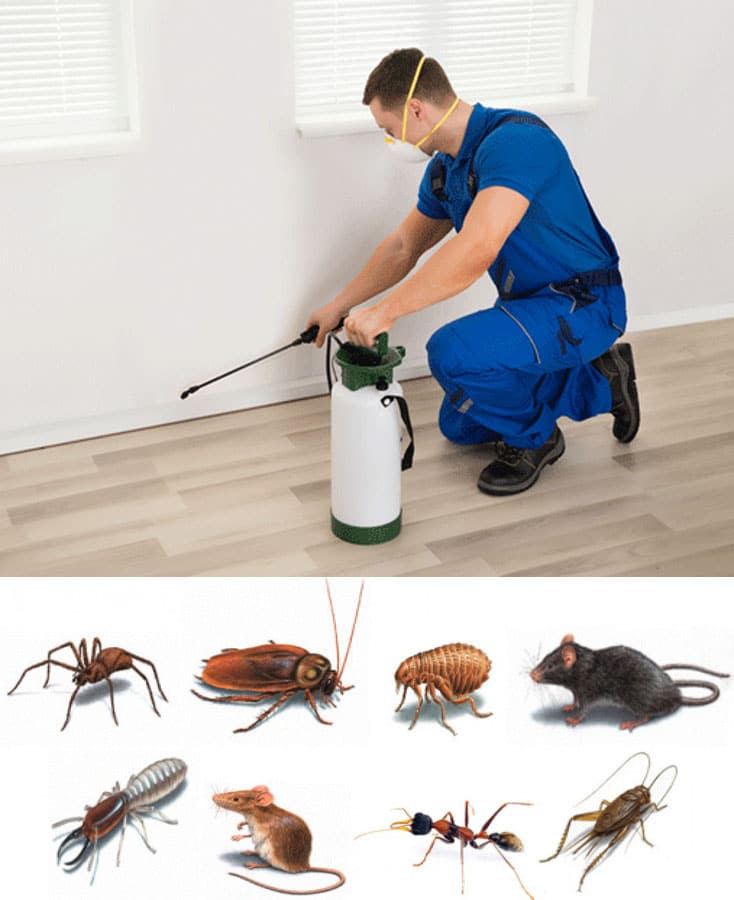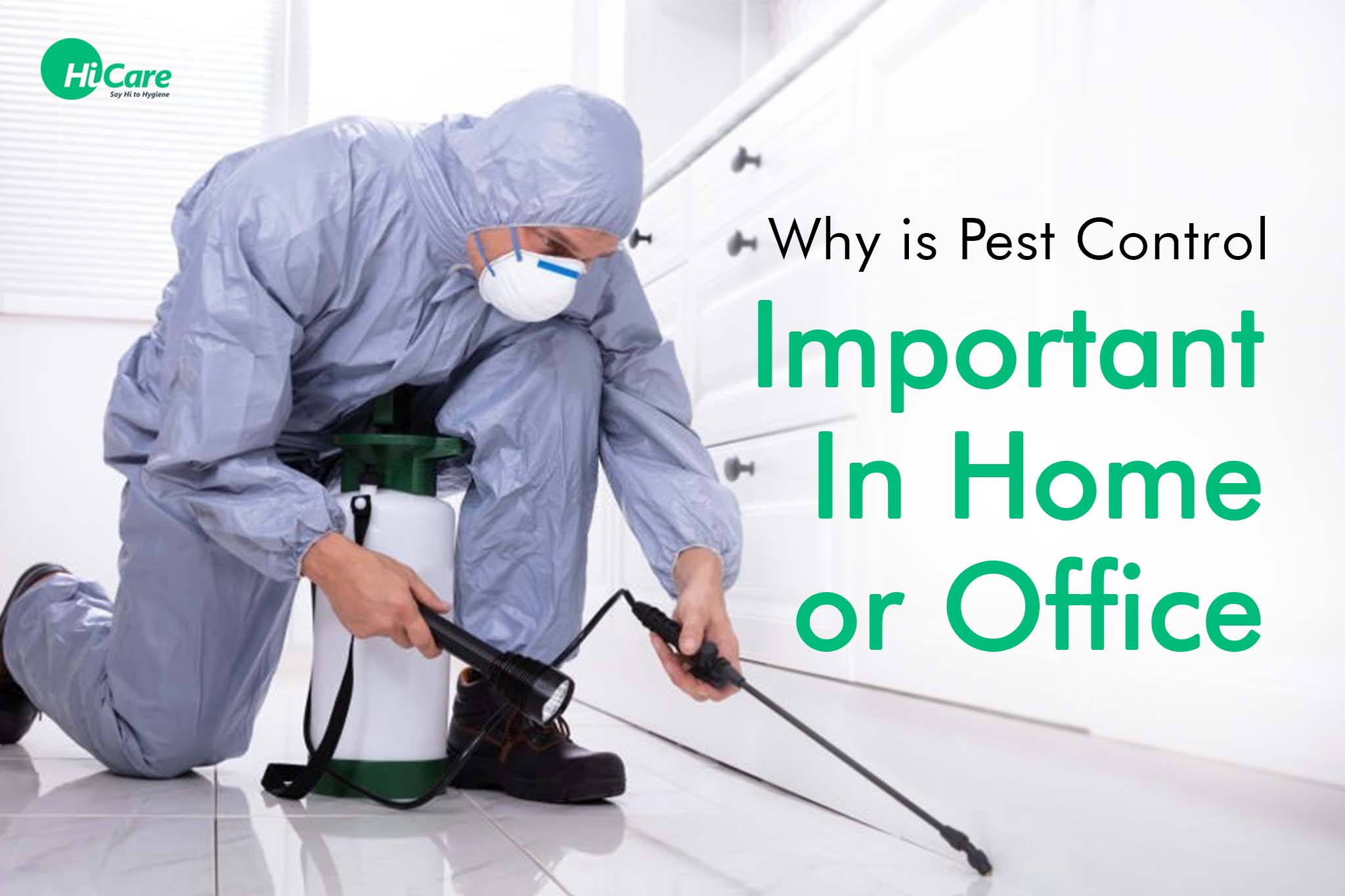Safe and Dependable Bug Control for Lasting Security
The value of risk-free and trustworthy bug control can not be overstated, specifically in an era where ecological worries are paramount. Efficient pest monitoring requires a complex method that stabilizes ecological honesty with the need for effective insect suppression. By exploring eco-friendly options and incorporated bug monitoring strategies, home owners can accomplish long lasting protection versus invasive varieties while guarding beneficial ecosystems. The nuances of these approaches might not be promptly clear, motivating a closer assessment of the practices that can lead to sustainable bug control end results. What actions can be taken to make sure both safety and security and effectiveness in pest monitoring?
Comprehending Insect Control Methods
Insect control incorporates a selection of methods targeted at managing and eradicating unwanted pests and rodents that can intimidate both wellness and residential property. Comprehending these methods is crucial for effective bug administration.
The primary groups of insect control methods include mechanical, biological, and chemical approaches. Mechanical techniques involve physical obstacles and catches to protect against parasite access and capture unwanted species. For example, making use of displays on windows or employing sticky traps can considerably reduce pest populaces without presenting unsafe substances.

Chemical bug control is frequently the most recognized technique, utilizing pesticides to remove parasites. These chemicals can be efficient but should be utilized with care to stay clear of adverse results on non-target species and the atmosphere.
Advantages of Eco-Friendly Solutions
How can green solutions transform pest control practices? The fostering of environmentally friendly insect control approaches offers many advantages, significantly improving the performance and safety and security of pest administration.

One more advantage is the favorable influence on neighborhood biodiversity. Environment-friendly services are created to target particular pests while maintaining valuable bugs and wild animals, promoting a well balanced ecological community. This method aligns with the growing consumer demand for sustainable methods, improving the reputation of bug control companies.
Integrated Pest Monitoring Strategies
The execution of environmentally friendly remedies naturally causes the adoption of Integrated Bug Administration (IPM) approaches, which even more improve pest control efficacy. IPM is an all natural approach that integrates numerous methods to manage bug populaces while lessening environmental effect. This method stresses using organic, social, mechanical, and chemical controls, ensuring a sustainable and balanced technique of insect management.
One basic element of IPM is the detailed analysis of pest activity and ecological conditions. By keeping track of pest populations and recognizing their life cycles, practitioners can implement targeted interventions that interfere with the insect's environment or lifecycle, minimizing dependence on chemical pesticides. Additionally, cultural practices such as plant rotation and environment control can dramatically decrease pest facility and reproduction.
One more important element is using biological control representatives, such as helpful pests or microorganisms, which can normally subdue parasite populaces. When chemical applications are needed, IPM focuses on making use of low-risk pesticides and uses them precisely, lessening exposure to non-target organisms and humans.
Incorporating IPM approaches not just boosts insect control efficiency yet additionally advertises a safer ecological community, lining up with the expanding demand for lasting practices in parasite management.
Safe Practices for Homeowners
Recognizing the value of safe methods in bug control can empower home owners to effectively take care of bug issues while securing their health and wellness and the setting. Carrying out non-toxic techniques and preventative measures is crucial in minimizing direct exposure to unsafe chemicals.
House owners need to first assess their atmosphere for problems that bring in parasites, such as standing clutter, water, and food waste. Routinely cleaning and securing entry factors can prevent parasites from getting into the home. Utilizing natural deterrents, such as necessary oils or diatomaceous earth, can give efficient alternatives to chemical pesticides.
When chemical therapies are essential, homeowners ought to go with products that are particularly identified as safe for property use. It is crucial to adhere to application standards meticulously to prevent too much exposure. Making use of targeted therapies in areas where parasites are identified, rather than covering splashing, can dramatically decrease chemical use.
Lastly, preserving open communication with bug control professionals is essential. Homeowners ought to inquire concerning the safety of items utilized and request eco-friendly options whenever possible. By embracing these safe methods, property owners investigate this site can produce a much healthier living atmosphere while successfully taking care of parasite problems.

Tips for Long-Term Protection
Establishing an insect management strategy that stresses long-term defense can considerably enhance the performance of the safe techniques formerly discussed. To attain this, house owners should apply regular assessments of their property, concentrating on concealed areas such as attic rooms, basements, and crawl rooms. Early detection of pest activity is essential in preventing infestations from holding.
In addition, preserving a clean setting is crucial. This consists of proper food storage space, promptly cleaning up spills, and regularly dealing with garbage. These methods lower attractants that draw bugs right into the home. Securing access factors, such as fractures the original source around windows and doors, can successfully block potential insect access.
Landscaping should also be thought about; keeping plants trimmed and maintaining a range between greenery and the home reduces hiding places for parasites. Using all-natural deterrents, such as necessary oils or diatomaceous earth, can better dissuade infestations without considering severe chemicals.
Lastly, working together with an expert pest control solution for periodic analyses can give an additional layer of protection. These professionals can provide customized recommendations and advanced treatments, making sure that your home remains shielded versus pests in the long term.
Conclusion
To conclude, secure and reputable pest control needs a multifaceted approach that highlights green methods and incorporated insect monitoring. By applying natural deterrents, performing normal evaluations, and keeping proper hygiene, home owners can dramatically decrease parasite populations while protecting helpful bugs and the setting. Partnership with professional bug control solutions improves the performance of these techniques, making sure tailored options that provide lasting security and comfort against future invasions.
Reliable pest administration calls for a complex technique that stabilizes ecological stability with the requirement for reliable bug suppression. The adoption of environment-friendly pest control methods uses countless advantages, considerably improving the performance and safety and security of parasite monitoring.The implementation of eco-friendly services naturally leads to the adoption of Integrated Insect Monitoring (IPM) strategies, great post to read which even more improve bug control efficiency. exterminator coquitlam. By monitoring insect populaces and determining their life cycles, professionals can carry out targeted interventions that disrupt the insect's habitat or lifecycle, decreasing reliance on chemical pesticides.In verdict, reputable and risk-free parasite control requires a multifaceted method that emphasizes environmentally friendly methods and incorporated insect administration